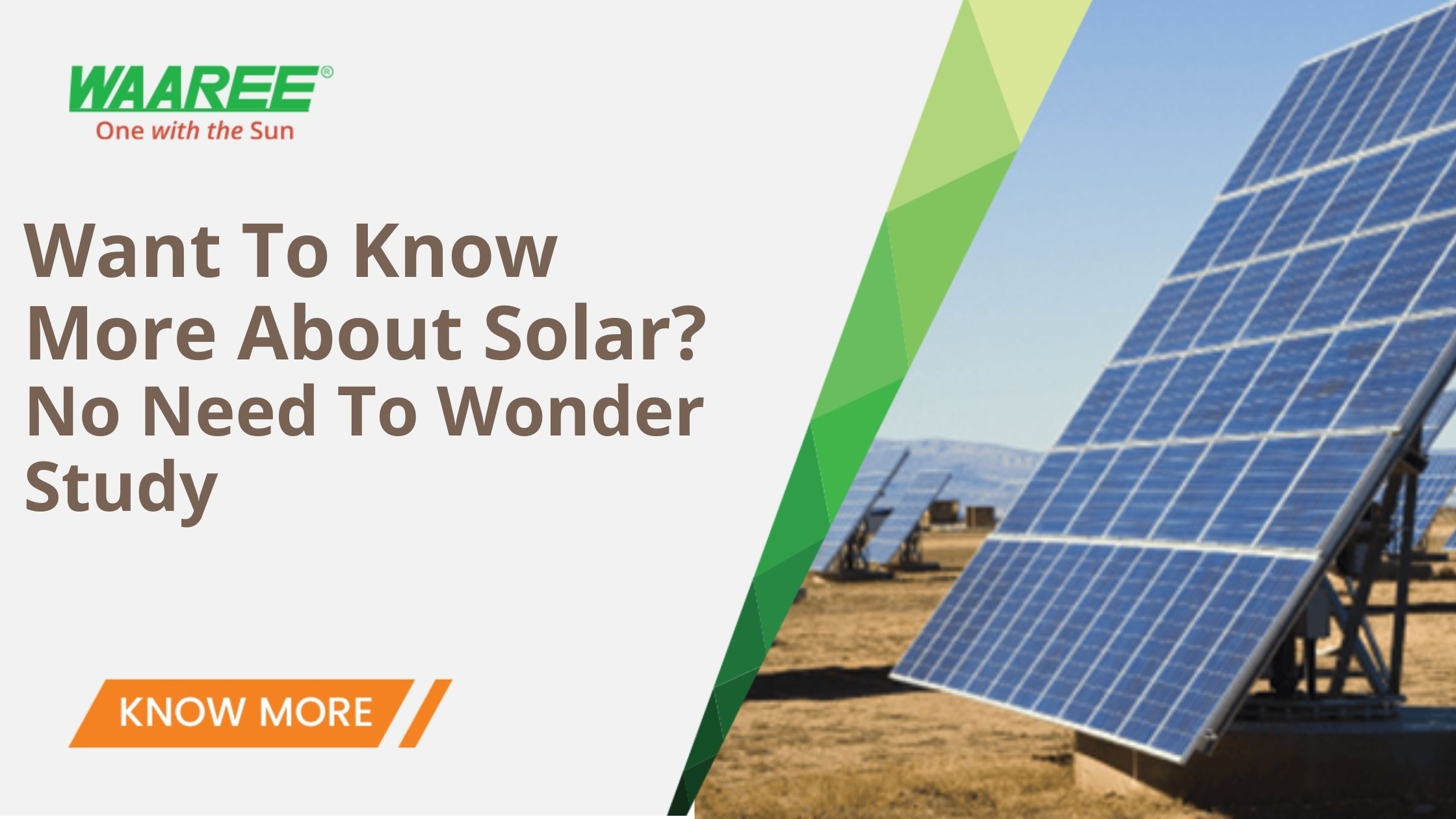
We use cookies to help you navigate efficiently and perform certain functions. You will find detailed information about all cookies under each consent category below.
The cookies that are categorized as "Necessary" are stored on your browser as they are essential for enabling the basic functionalities of the site. ...
Necessary cookies are required to enable the basic features of this site, such as providing secure log-in or adjusting your consent preferences. These cookies do not store any personally identifiable data.
Functional cookies help perform certain functionalities like sharing the content of the website on social media platforms, collecting feedback, and other third-party features.
Analytical cookies are used to understand how visitors interact with the website. These cookies help provide information on metrics such as the number of visitors, bounce rate, traffic source, etc.
Performance cookies are used to understand and analyze the key performance indexes of the website which helps in delivering a better user experience for the visitors.
Advertisement cookies are used to provide visitors with customized advertisements based on the pages you visited previously and to analyze the effectiveness of the ad campaigns.

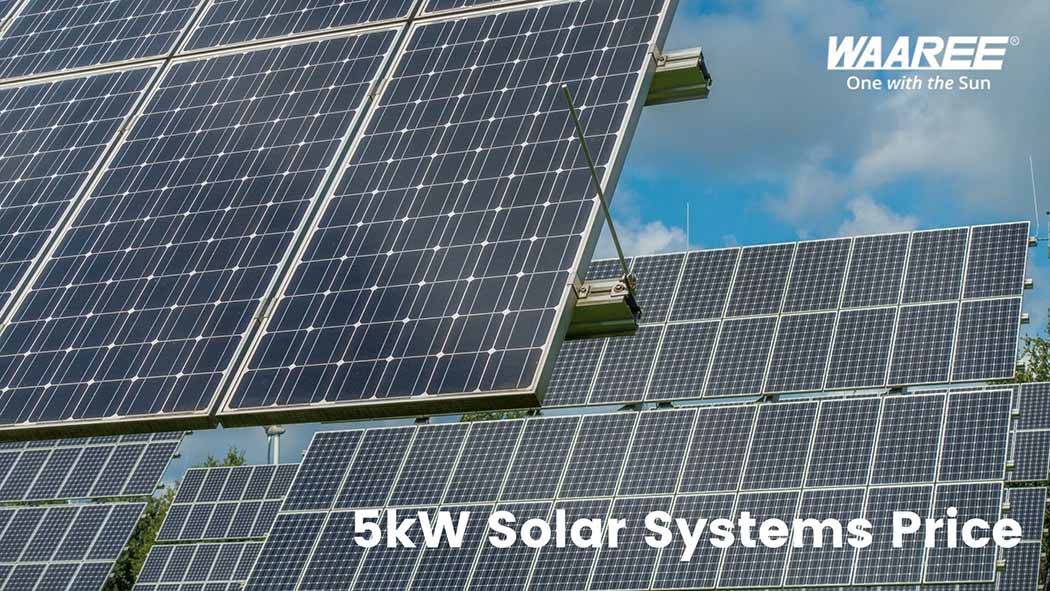

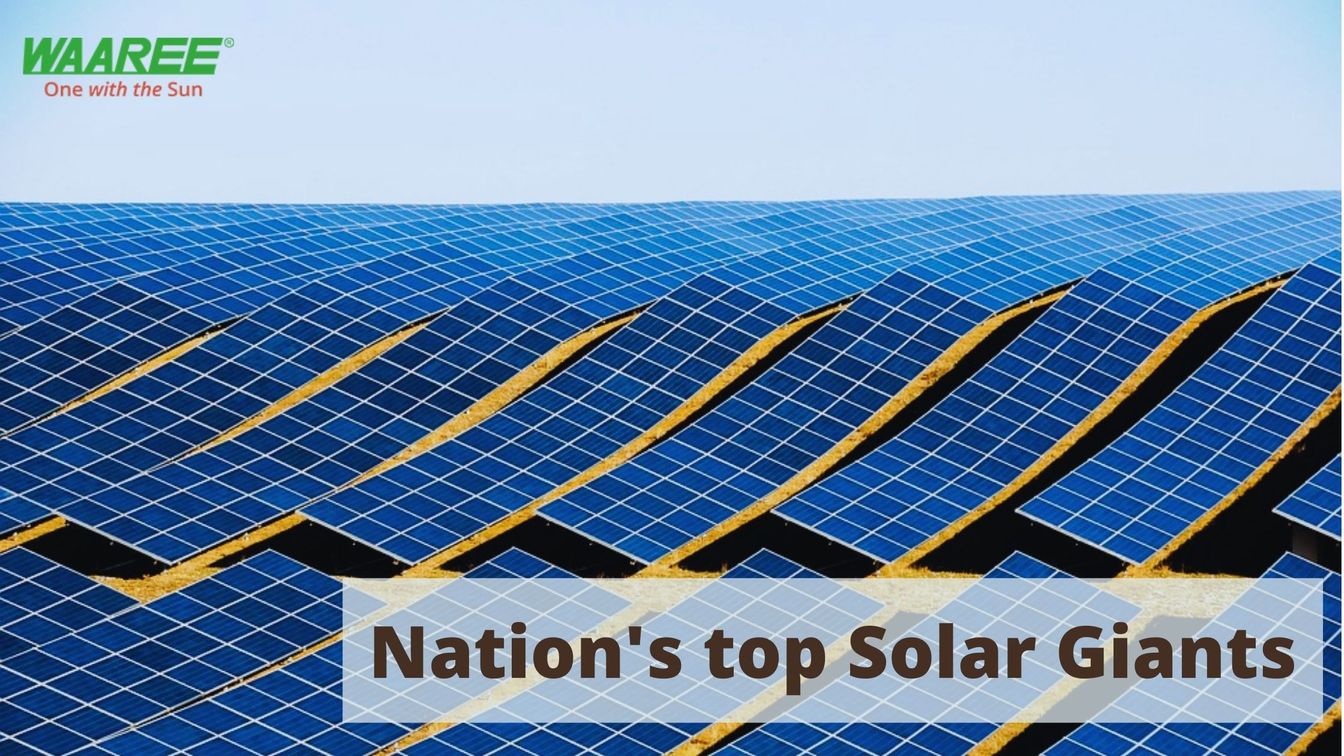

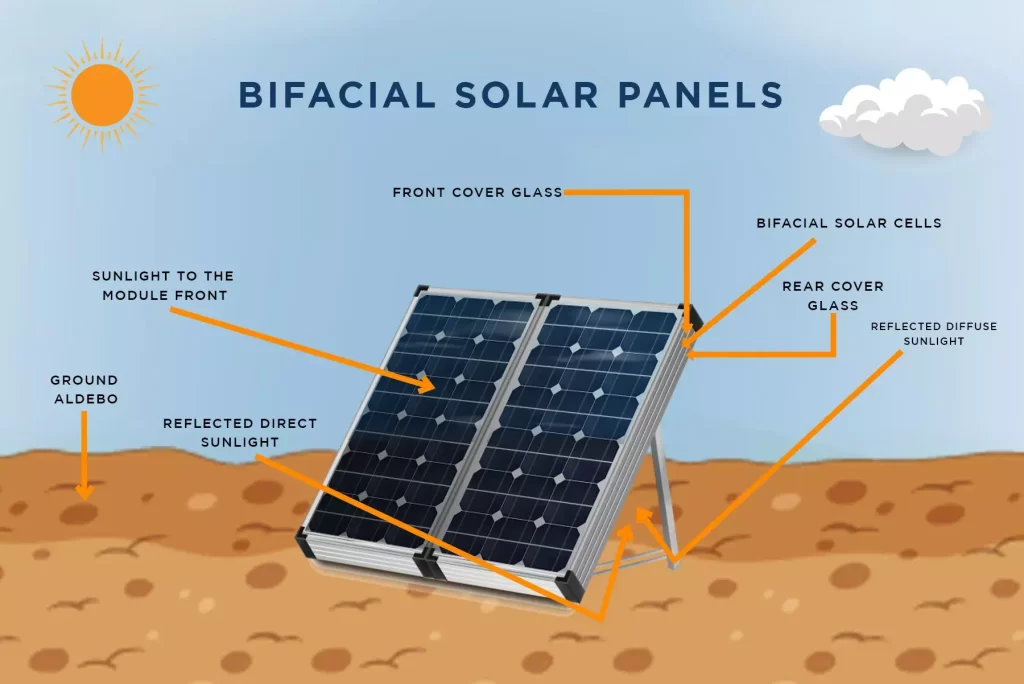
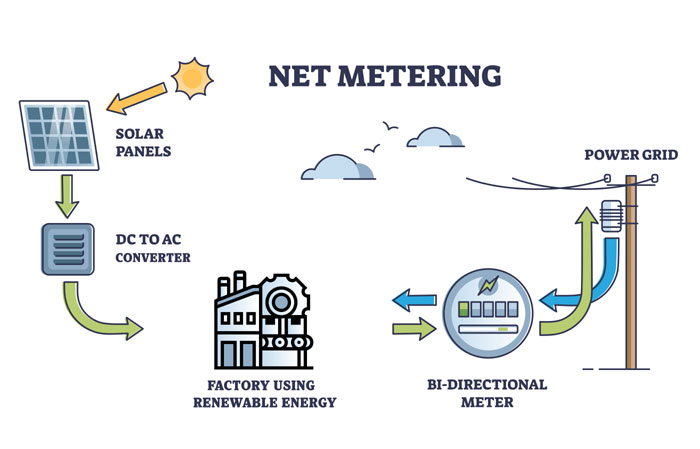
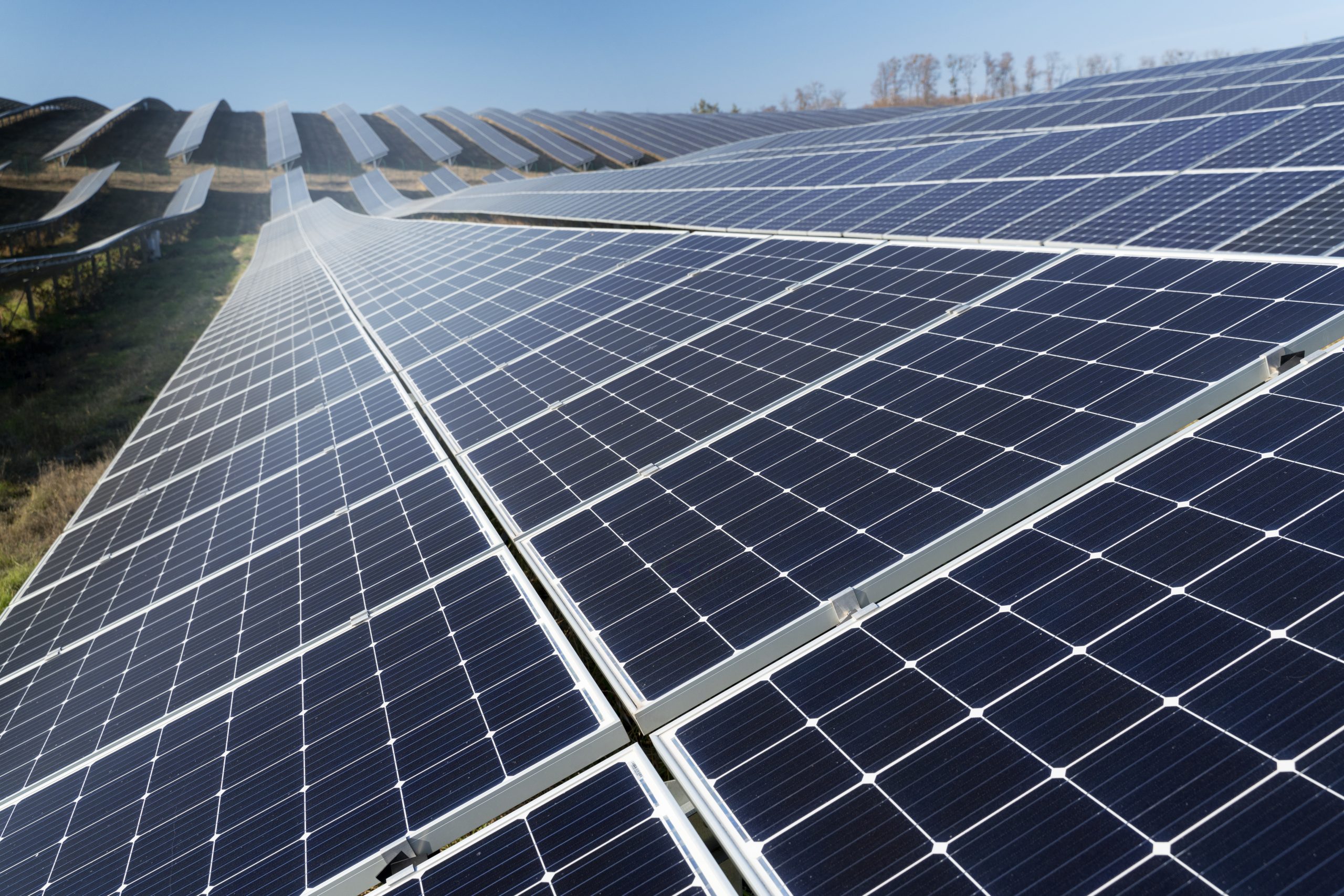
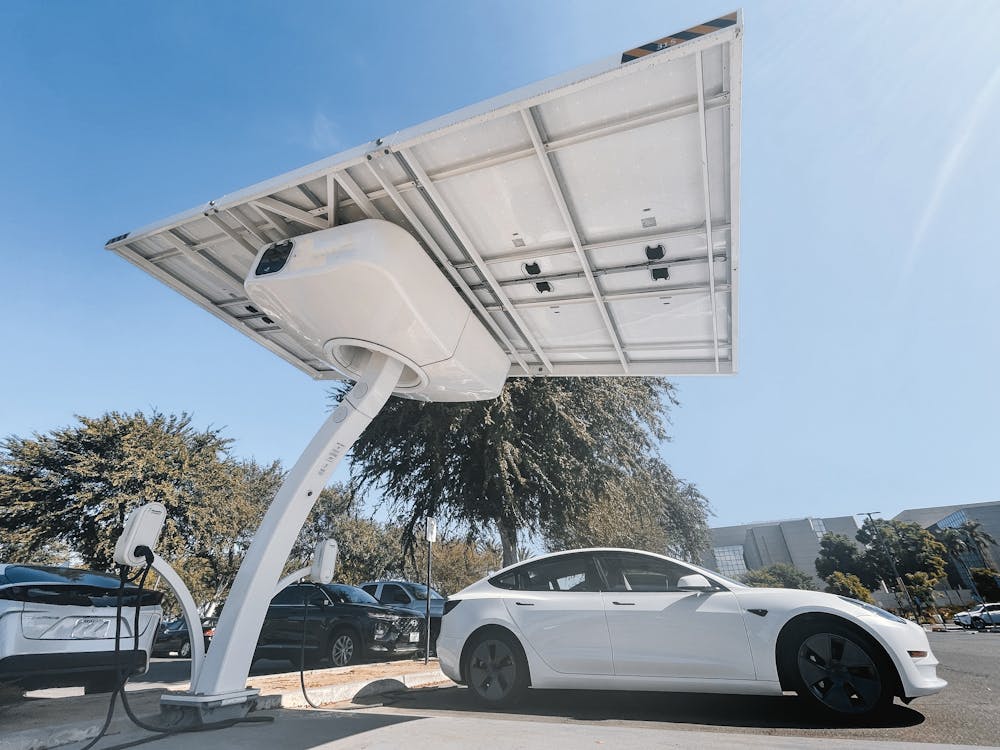
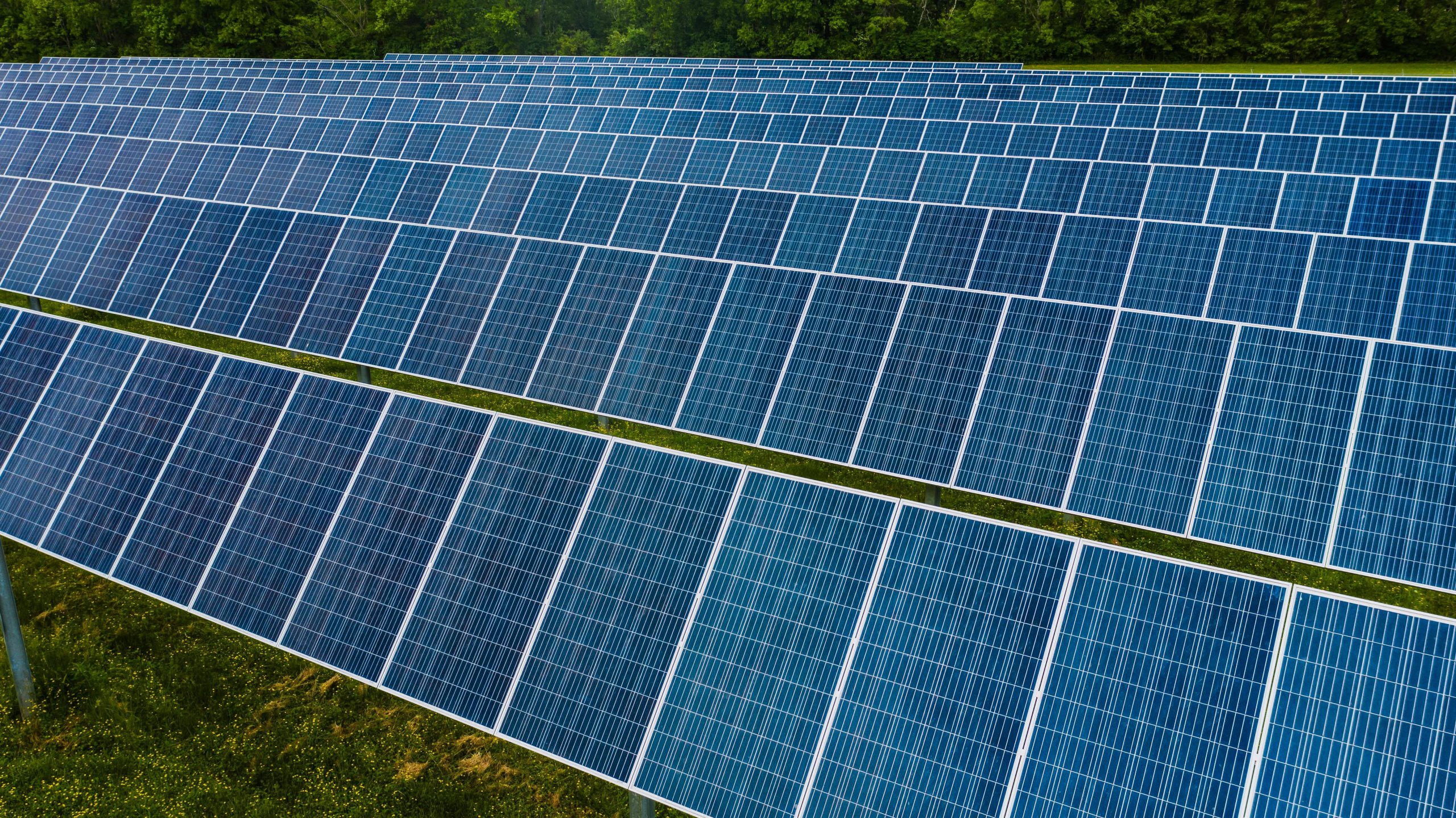
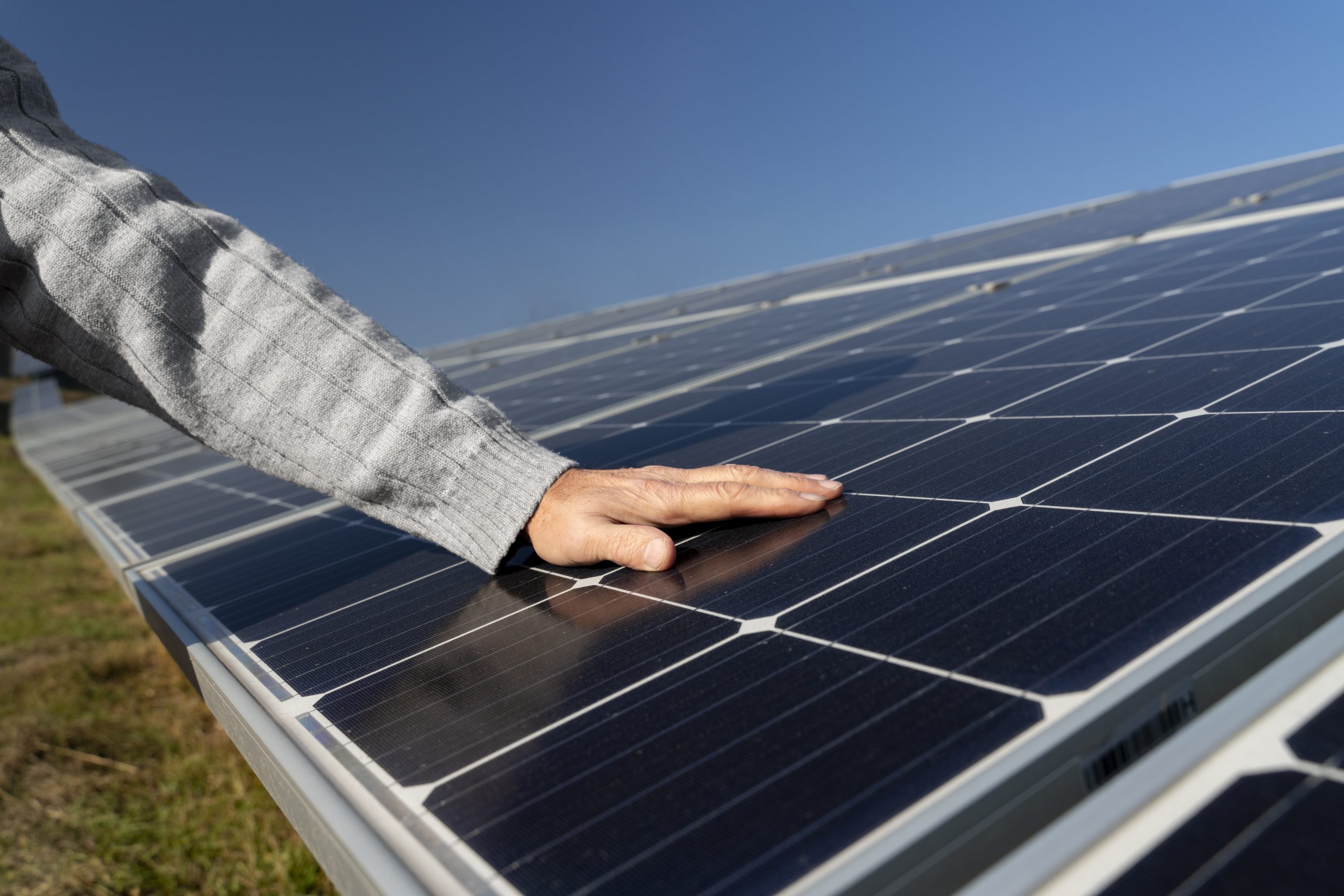

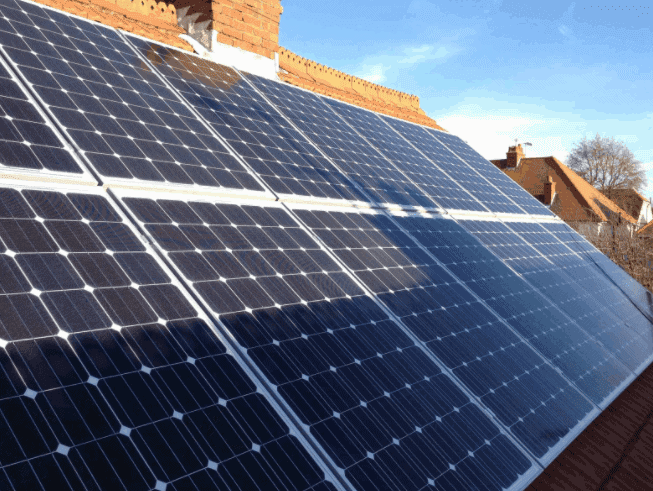

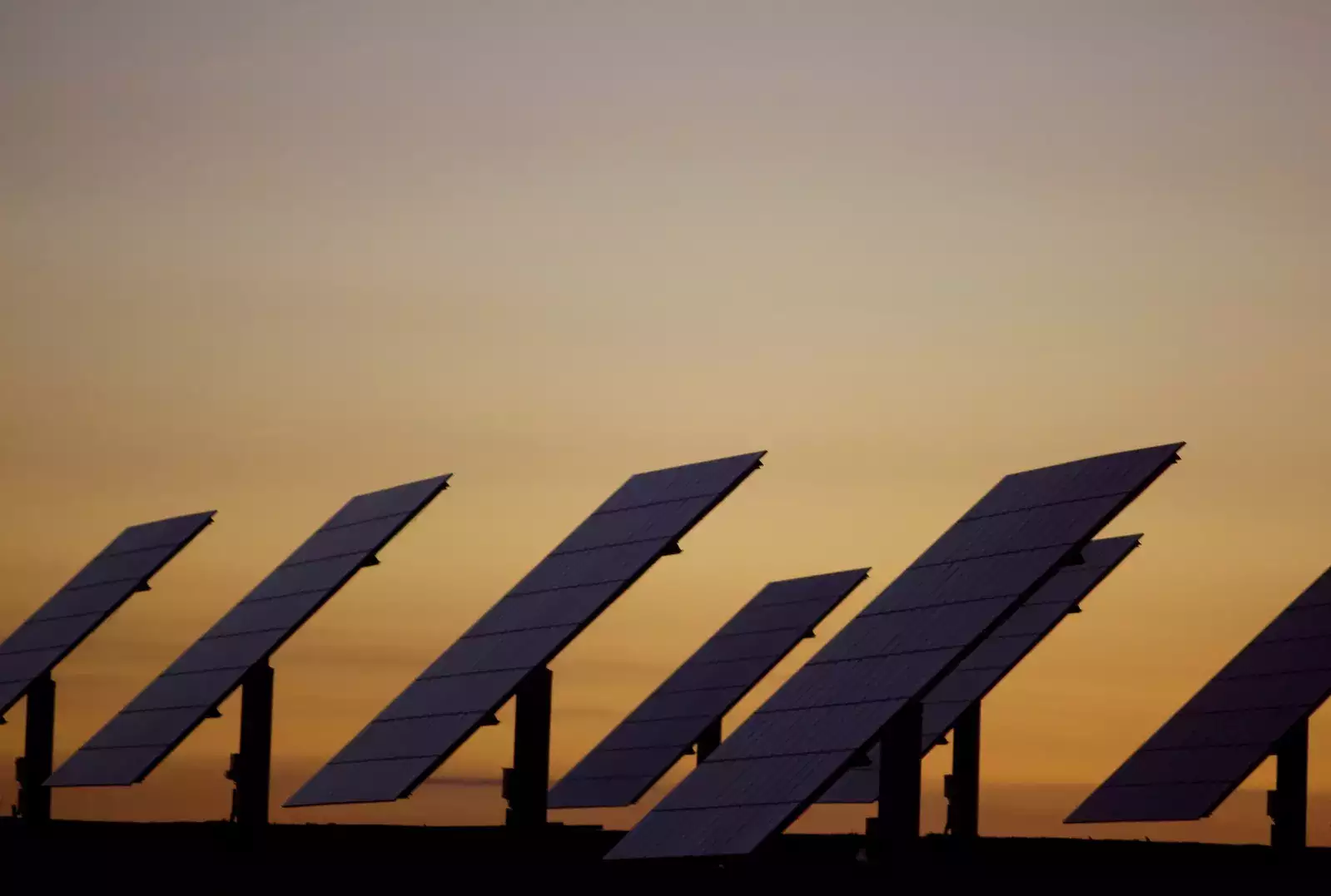



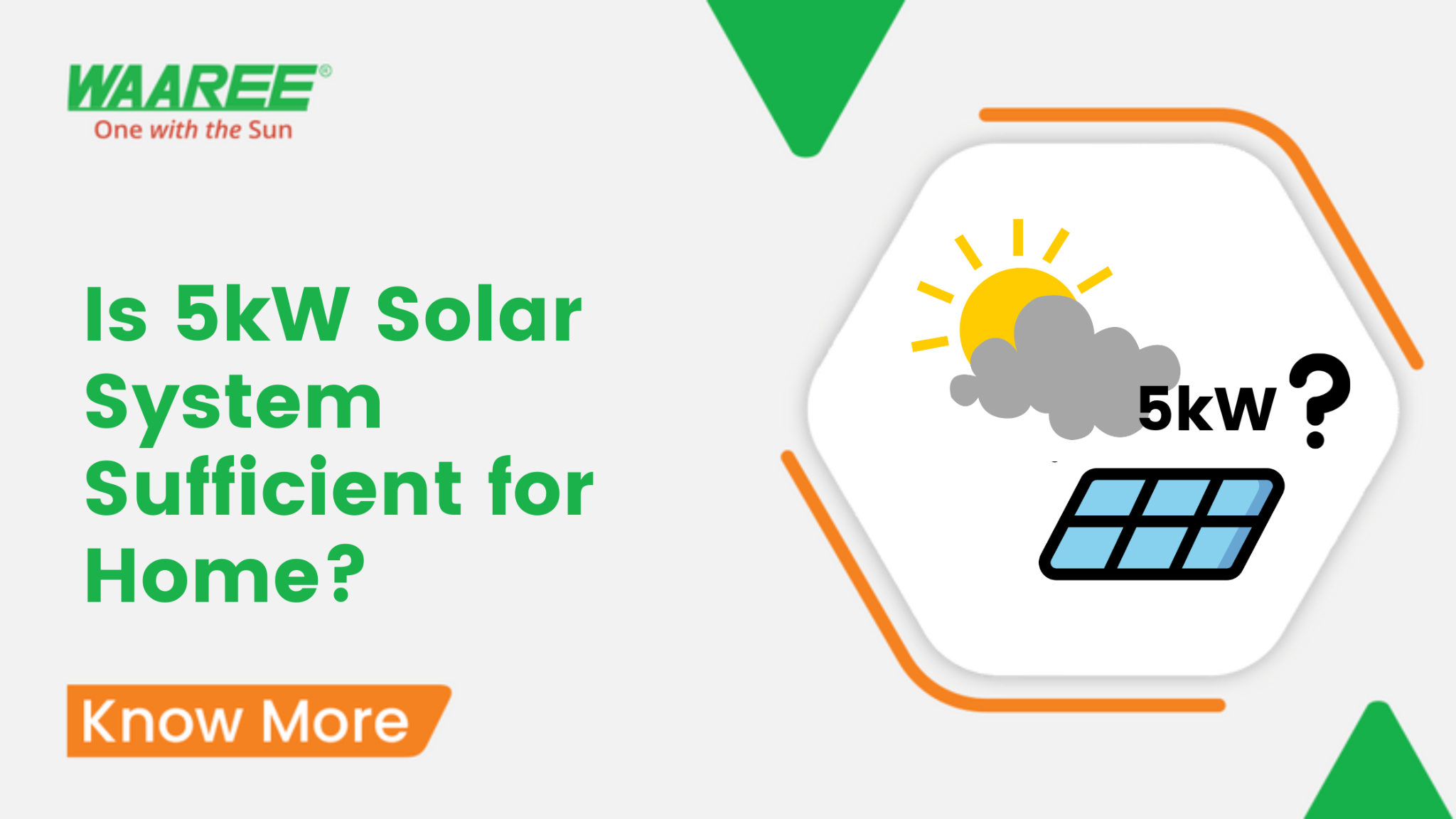

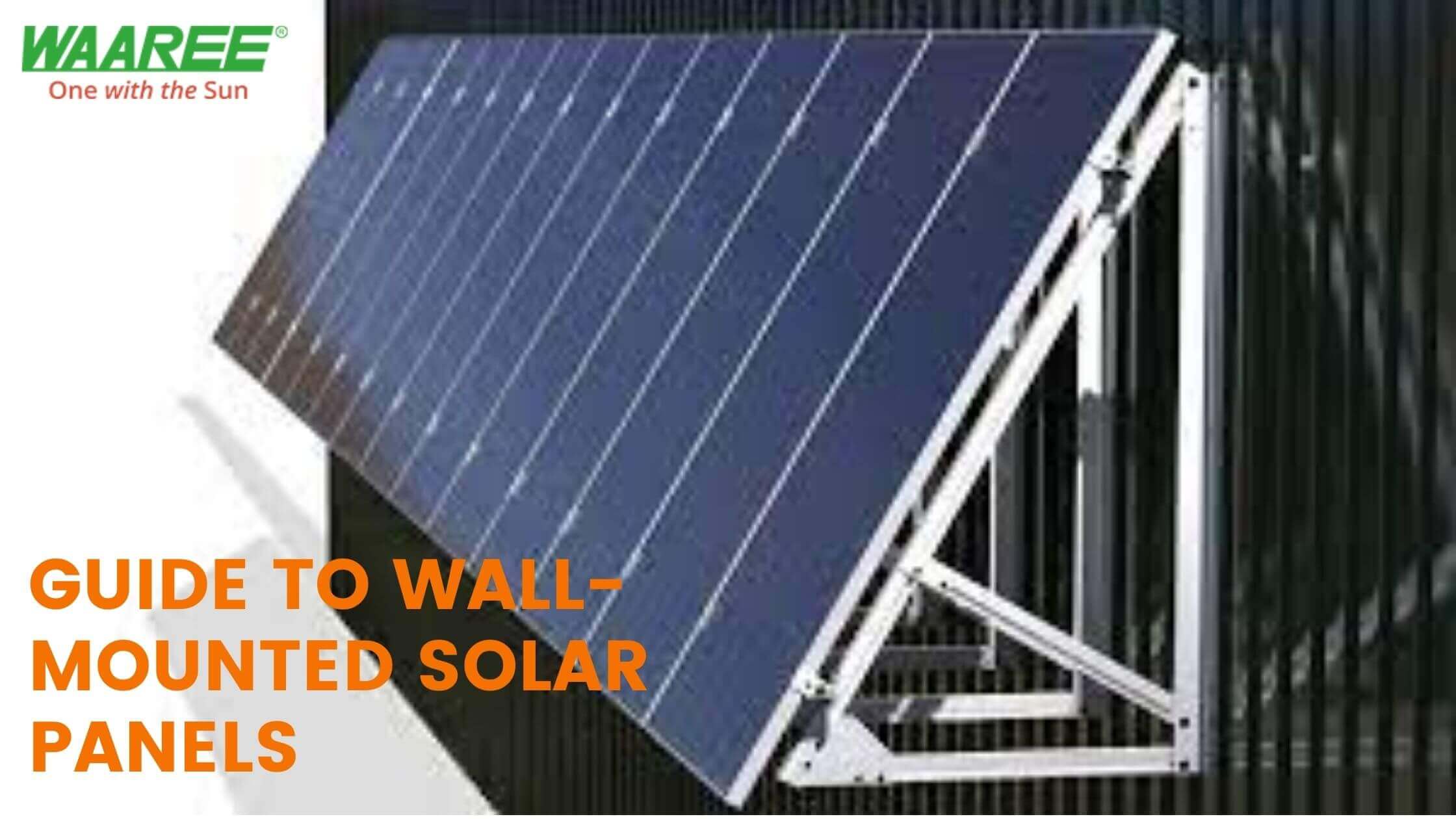
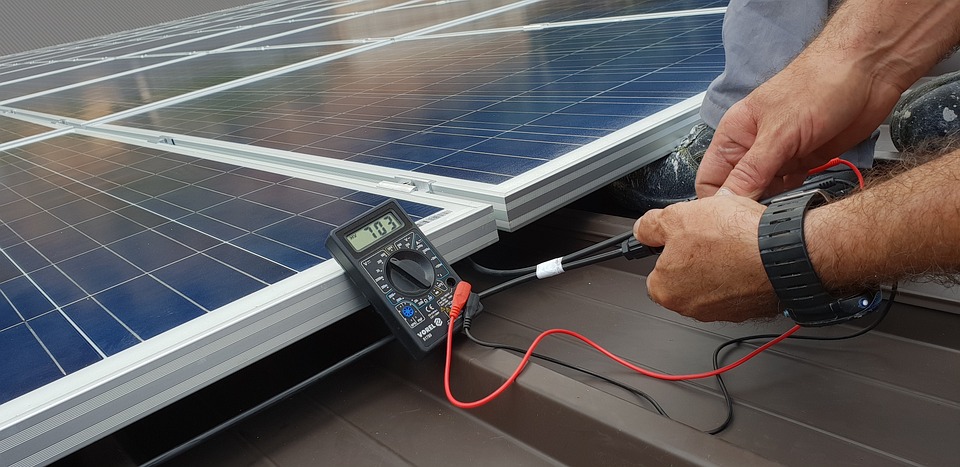

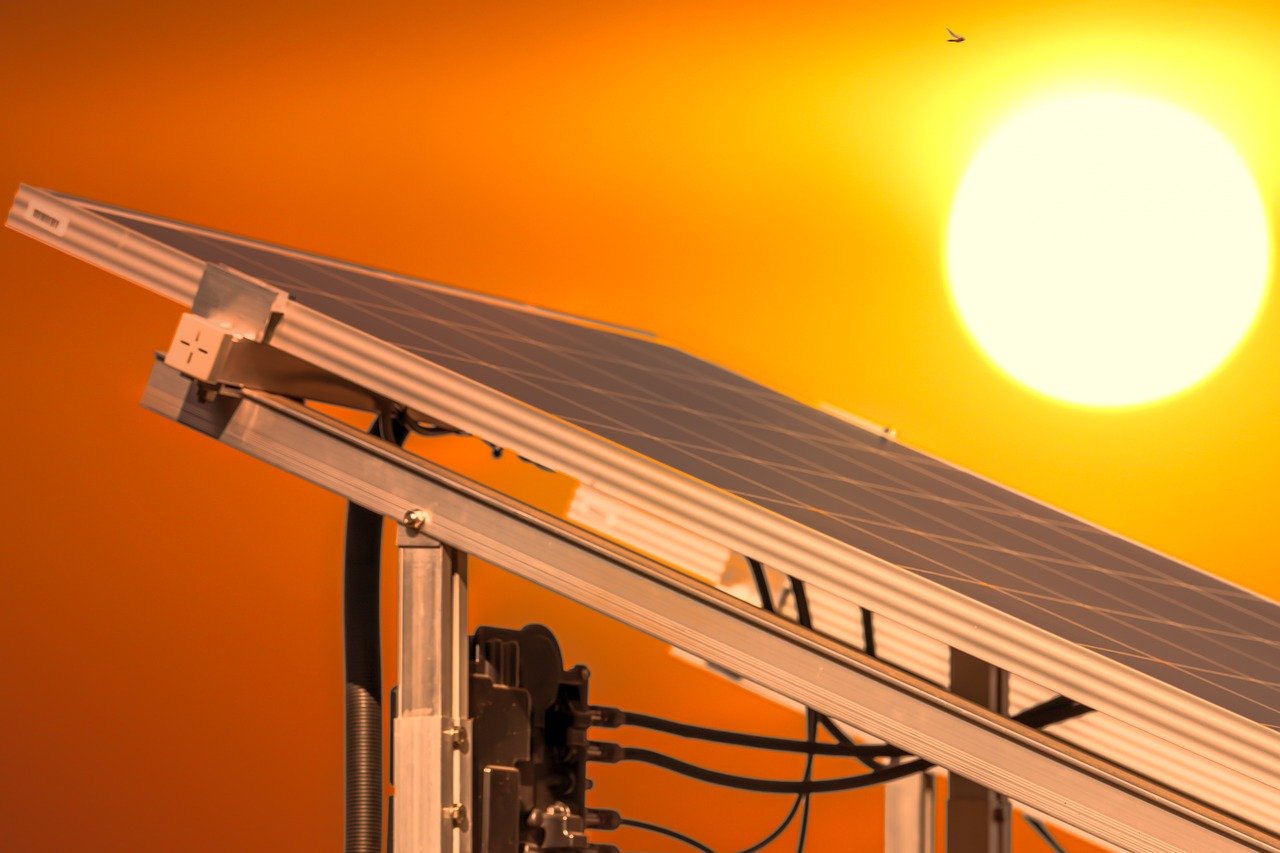
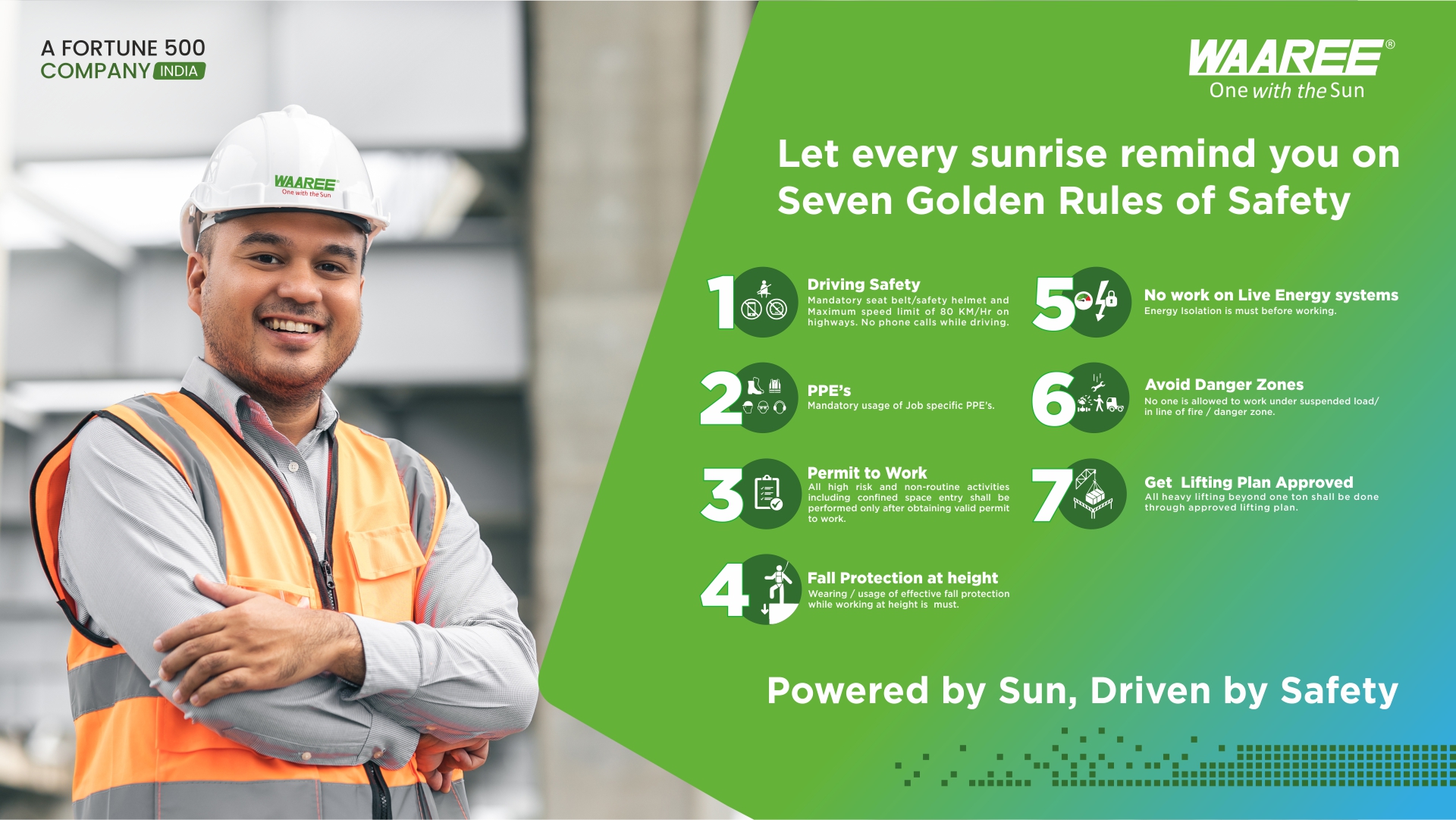
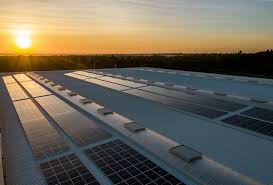
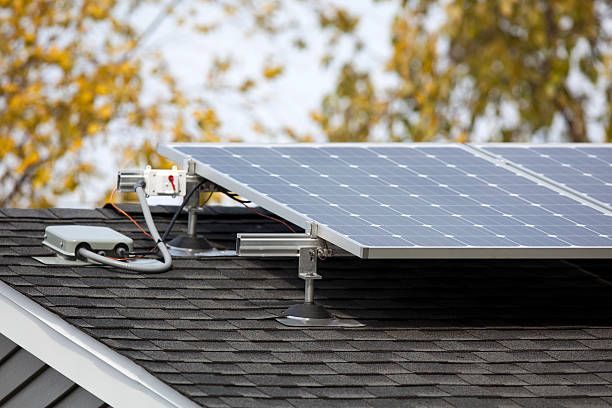
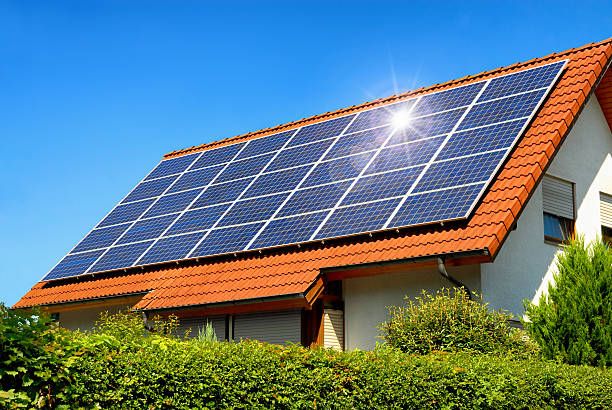
Because solar panels are the most visible solar system component, many people mistake them for the entire system. Even searching for a simple solar system returns the universal solar system rather than the one made up of solar panels, solar inverters, batteries, and other components. If you come under the category of ‘Beginners in Solar System’, this article is for you!
Let’s look at the main components of a solar system, and the many types and pricing ranges available. In this blog, we will also learn about the advantages of installing a solar system.
Solar energy systems are a collection of components that work together to create electricity from this renewable energy source. A solar system is a device that uses simple solar energy to generate electricity.
Make up a typical solar system. Solar systems are available in a variety of capacities, including 1kW, 3kW, 5kW, and 10kW. It’s made up of:
A solar panel is a device that absorbs energy from the sun’s rays and converts it into electricity. Simple solar energy is the name for the electricity they generate. Solar panels are an excellent way to reduce your electricity bill by a few dollars.
They are the most significant component of a rooftop system. Everything revolves around them since they are at the core of the system. Solar modules account for over half of the system’s total cost. Various solar modules will produce different outcomes.
Inverters are the solar system’s powerhouses, converting DC to AC. Inverters account for about a quarter of the entire cost of a simple solar system.
They store the extra energy produced by the panels to be used later when the sunsets. Solar panels are used to charge the batteries. The higher the AH, the longer the backup time.
Wires, cables, mounting structures, junction boxes, and other accessories fall into this category.
It is important for everyone, including beginners in the solar system, to be aware of the pricing of solar systems in our country. It is divided into the following ranges:
Waaree Energies is a leading provider of EPC services, project development, rooftop solutions, solar water pumps, and independent power producer in India. Waaree is present in over 350 places across the nation and in 68 countries across the world.
For getting your Solar Panels installed, contact Waaree Energies Ltd. today!
Notifications